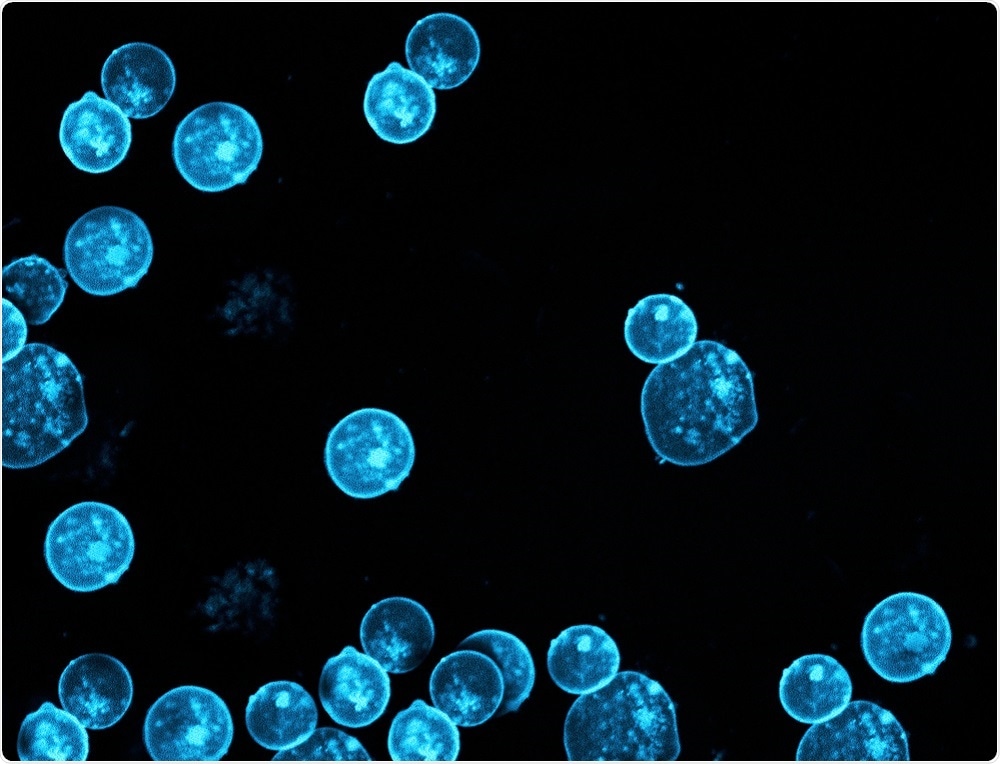A study led by Ecole polytechnique fédérale de Lausanne in Switzerland has shed light on the biological mechanisms needed for nerve fibers to regenerate in spinal cord injury.
 Image Credit: Vshivkova / Shutterstock
Image Credit: Vshivkova / Shutterstock
Using rat and mouse models of spinal cord injury, the researchers identified three components to the regeneration of axons in the spinal cord and understood the combination of mechanisms required for nerve fiber regrowth across the entire spinal cord.
If nerve fibers were to be thought of as trees, then the terminal branches of axons could be considered as the branches.
If larger tree branches were severed, smaller branches may then grow along the trunk. However, the larger branches that represent the severed axons never re-grow.
Now, Professor Grégoire Courtine and colleagues have changed that by understanding how to regenerate entire axons.
We've regrown forests of axons.”
Professor Grégoire Courtine, Co-author
The team replicated the spatiotemporal conditions of a developing nervous system by administering a combination of growth factors and proteins that would fulfill the three components they identified.
Those components were a reactivation of the genetic program needed for axonal growth; establishment of an environment that would enable axonal growth and the provision of a chemical slope that would lay out the path axons are encouraged to grow along.
The researchers found that within four weeks, the axons had regrown by several millimeters and were able to transmit electrical impulses across the severed nerve regions.
However, this was not enough to restore the ability to walk, which was anticipated by the researchers who understood that the new circuitry would not be functional without the implantation of rehabilitation strategies.
We dissected the mechanistic requirements for axon regeneration in the spinal cord, but it doesn't translate into function. Now we need to investigate the requirements so that the axons make the appropriate connections with locomotor circuits below the injury.”
Dr. Mark Anderson, Lead Author
Anderson says this will require rehabilitation with electrical stimulation to integrate, tune and functionalize the new axons so that the animals can walk again.
The researchers say it is too early to speculate about how the approach can be applied in humans.
The first component of the approach, for example, is applied two weeks prior to injury. Further research is therefore needed before this approach can be made clinically translatable.
Source:
This article has been re-written from a press release originally published by EurekAlert.